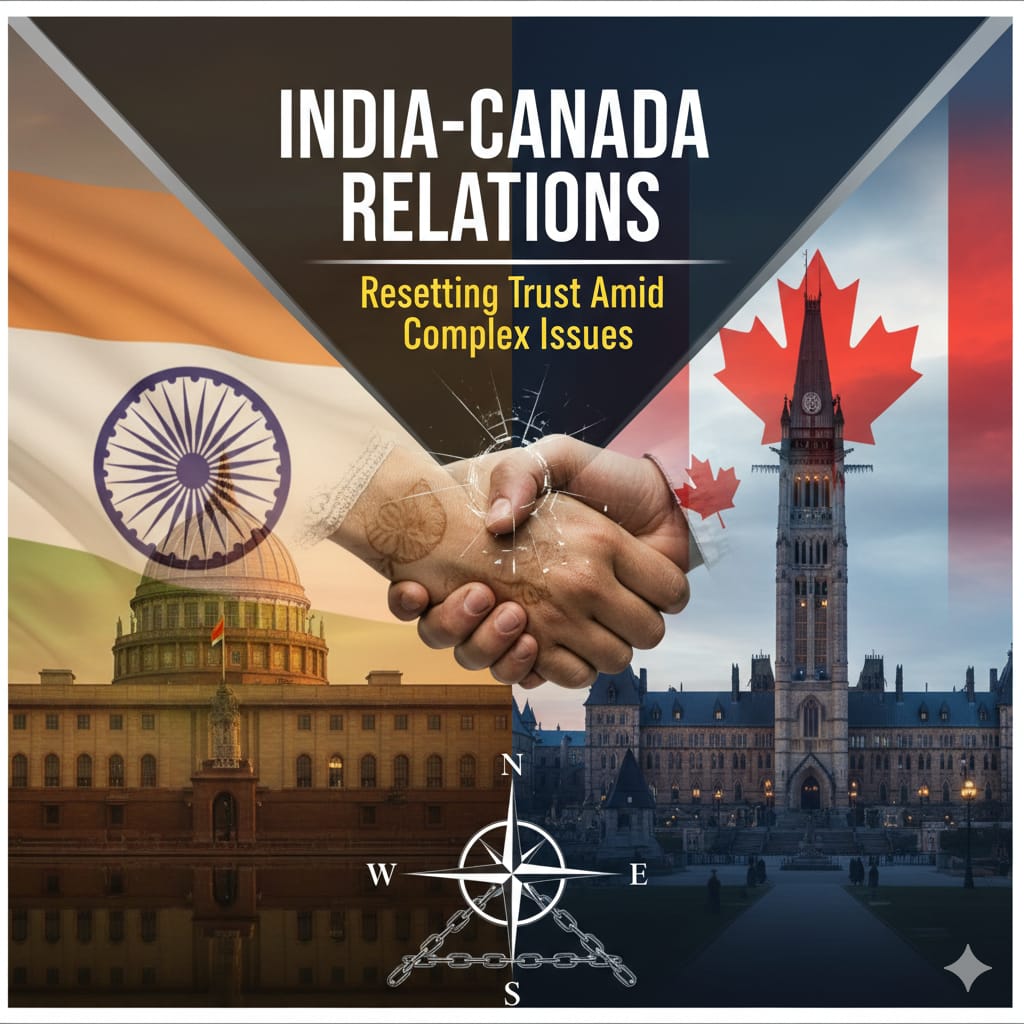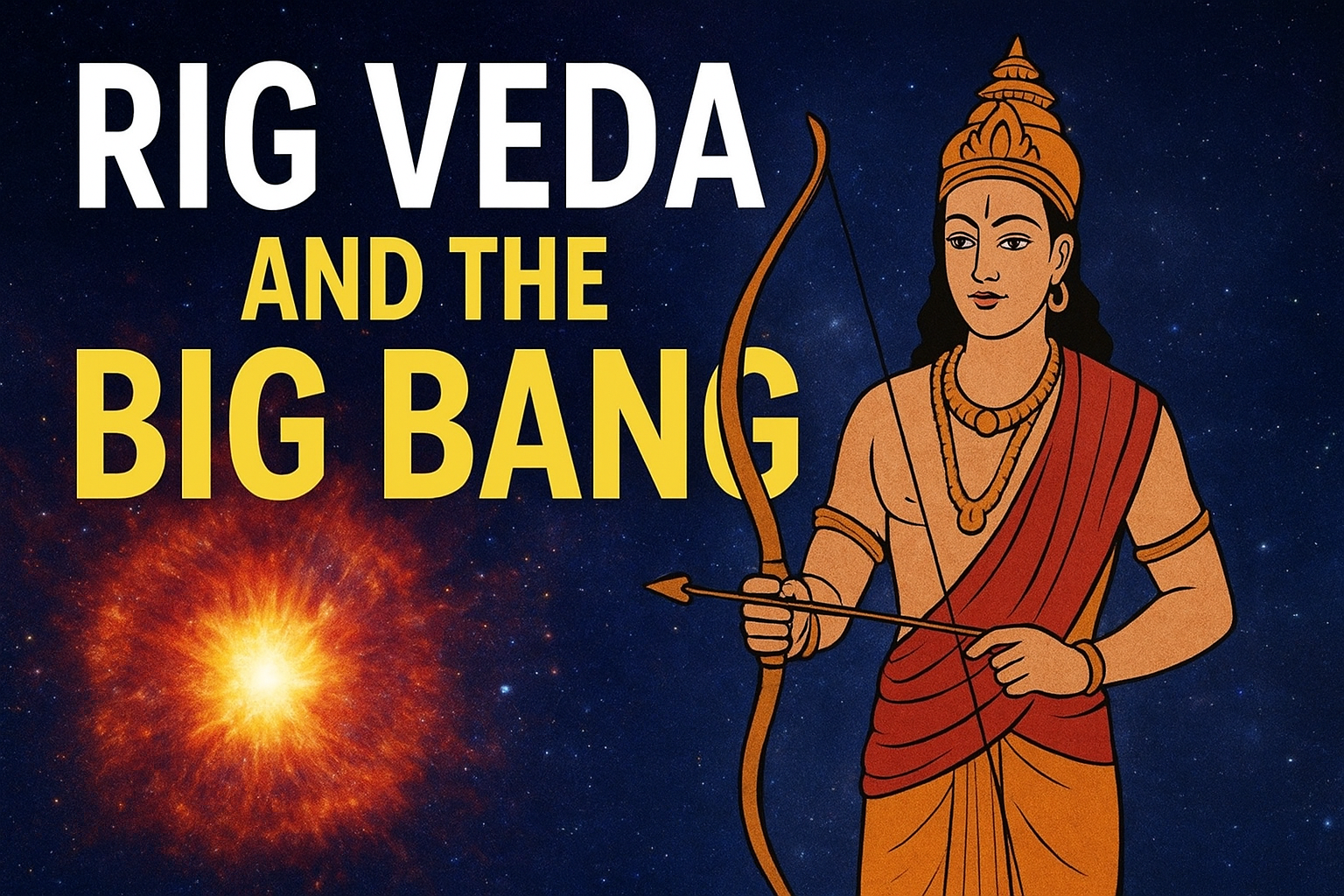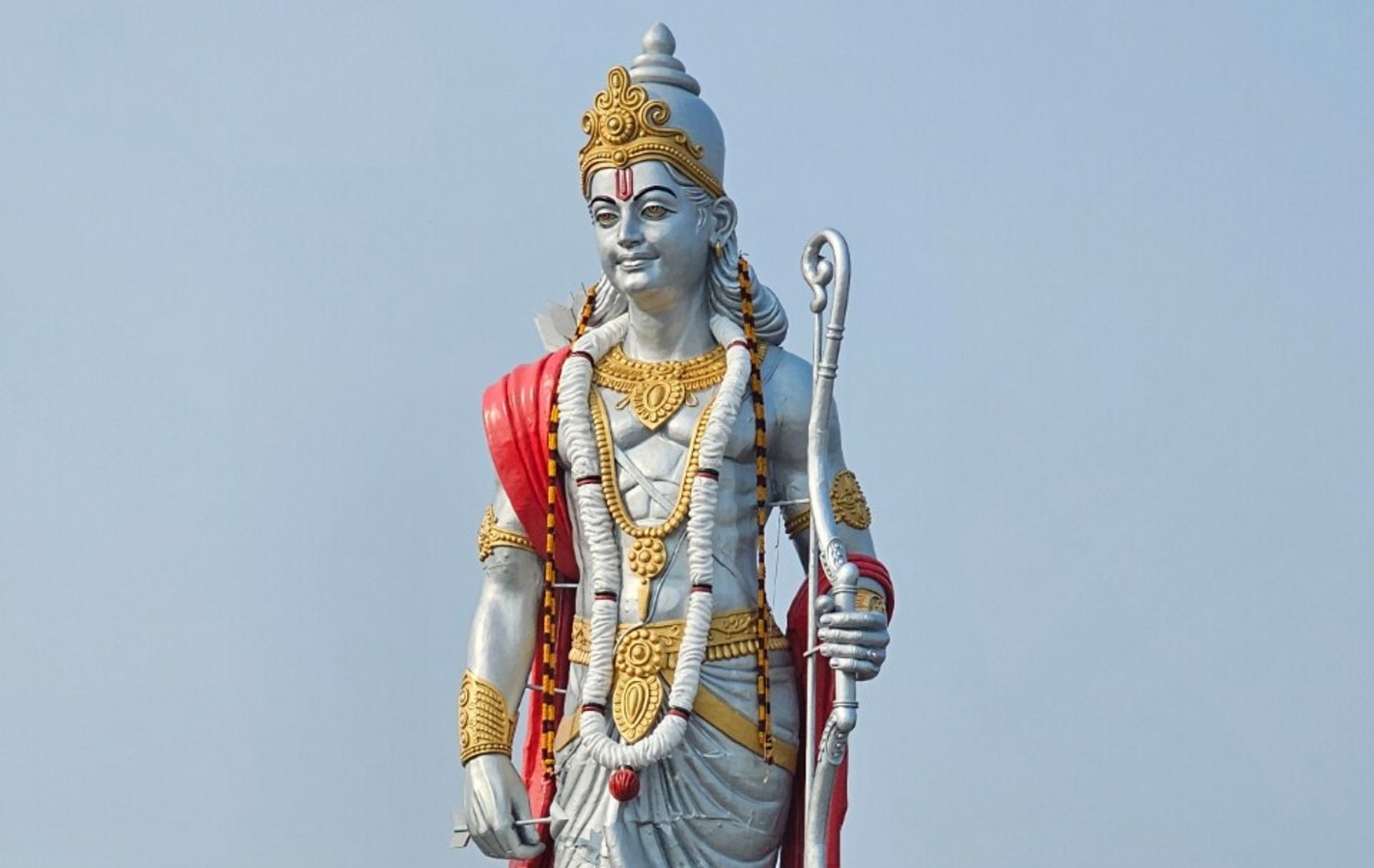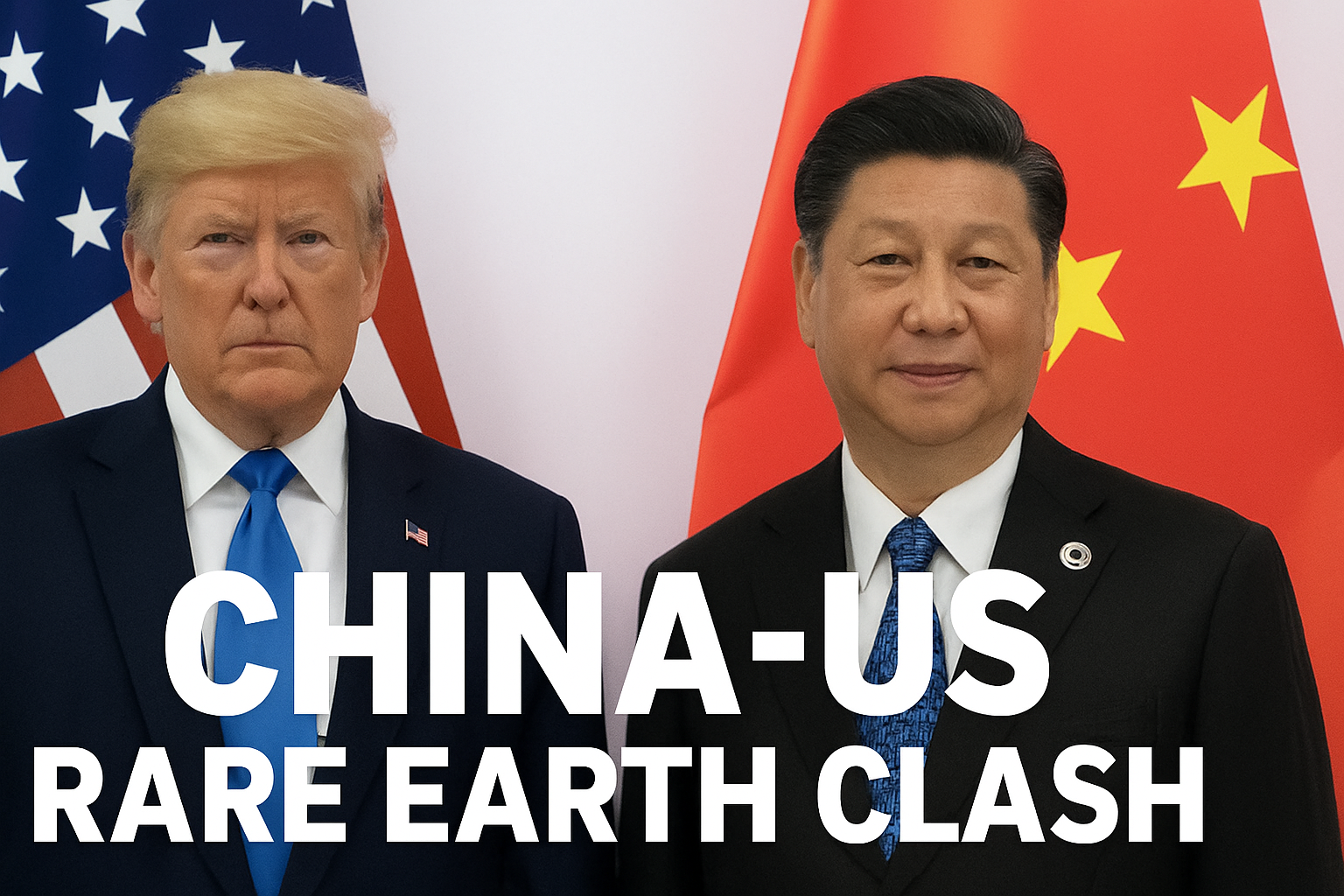
Two ancient titans met in the depths of space and the universe shuddered. That’s what scientists from the Ligo-Virgo-Kagra (LVK) collaboration have concluded after detecting one of the most powerful black hole collisions ever recorded. The event, named GW231123, saw two enormous black holes—one nearly 100 times the mass of the Sun, the other 140—merge to form a cosmic behemoth weighing over 240 solar masses.
But the discovery wasn’t just about size. It’s rewriting the very rules we thought governed black holes.
The resulting black hole is among the heaviest ever observed through gravitational waves, shaking long-held assumptions in astrophysics. Until recently, scientists believed such massive black holes could only form under extraordinary and rare circumstances. It cannot happen from single star collapse.
“This isn’t just a big collision. It’s a puzzle box that fell open in space,” a senior LVK researcher noted. “And India played a key role in deciphering the clues.”
India at the Heart of Global Science
The detection was made possible with the help of India’s LIGO-India Scientific Collaboration (LISC), comprising 17 academic institutions including IIT Bombay and NIT Calicut. Indian scientists were deeply involved in data analysis, signal verification, and theoretical interpretation.
Professor Archana Pai from IIT Bombay, a lead voice in the team, emphasized how crucial this observation is:
“GW231123 is the heaviest and highest spinning binary black hole system detected so far. It challenges how we think black holes grow and evolve.”
A Spin on the Mystery
Notably, both black holes in this event were spinning at tremendous speeds before the merger. That adds yet another layer of complexity. Astrophysicists now suspect this wasn’t their first collision. These giants might have been born from earlier black hole mergers, pointing to a hierarchical origin rather than a single star collapse.
This hints at a dynamic cosmic environment where black holes can grow by repeatedly merging with others like galactic Russian dolls. And if such systems exist more widely, it means the universe may be far more chaotic and interconnected than previously believed.
The Big Shift in Thinking
Until recently, it was assumed that black holes formed in relatively quiet, solitary environments. The GW231123 event, however, contradicts that assumption. The gravitational wave data suggest that such heavy black holes and their erratic spin behavior can only be explained through repeated collisions.
This discovery nudges astrophysics into uncharted territory. It suggests that the cosmos may have regions like dense star clusters or galactic centers, where black holes can meet, merge, and spin wildly into new forms.
A Global Achievement with India in Focus
With the upcoming operationalization of LIGO-India, the country is poised to further enhance its presence in the global space research community. The facility will be part of an international network of observatories, helping to pinpoint black hole mergers with greater precision.
India’s contribution to GW231123 is a testament to how global science thrives on collaboration and how Indian institutions are no longer spectators but central players.
This is not just a story of two black holes merging. It’s the story of human curiosity colliding with the unknown. And for once, the darkness of space has offered more answers than questions.




.jpeg)





.jpeg)



.jpeg)



.jpeg)
.jpeg)
.jpeg)
